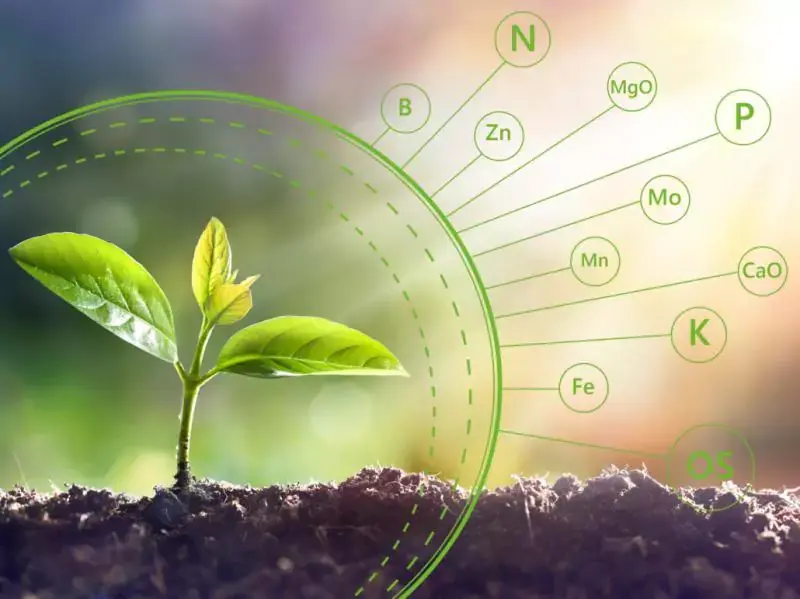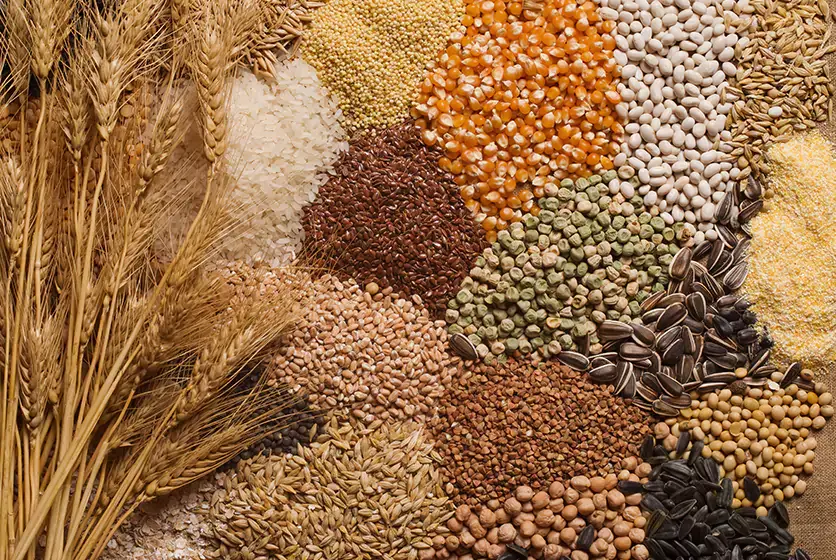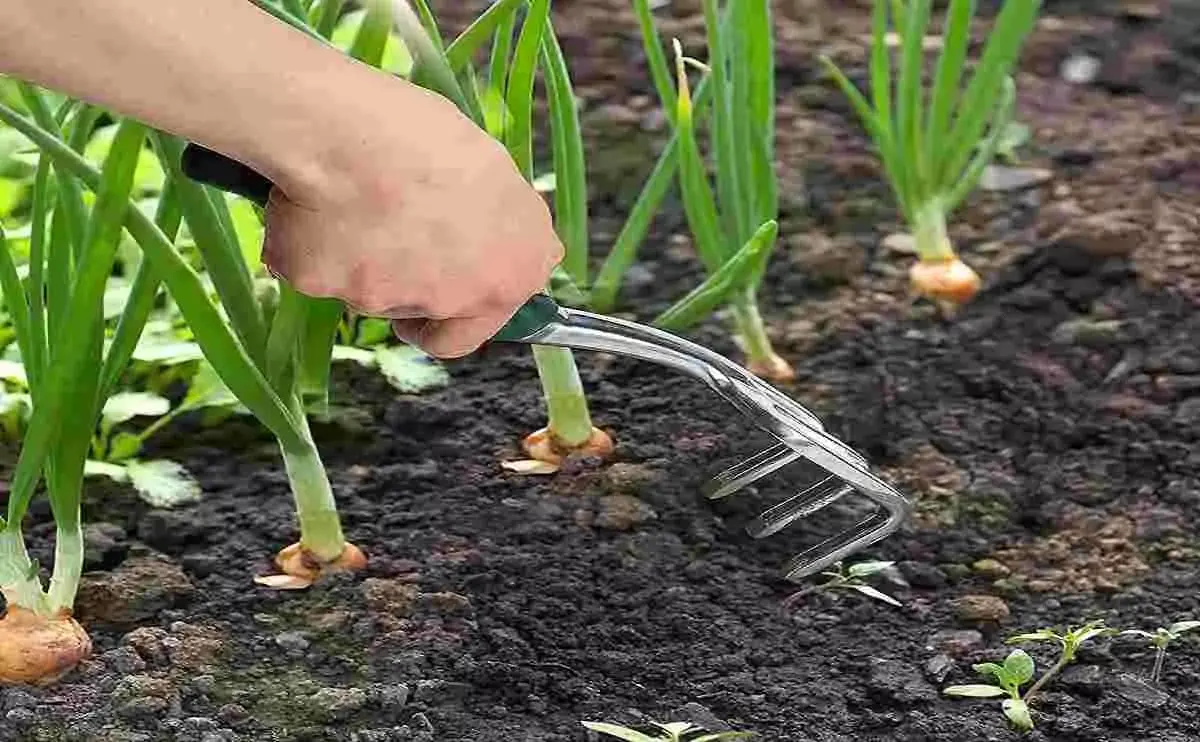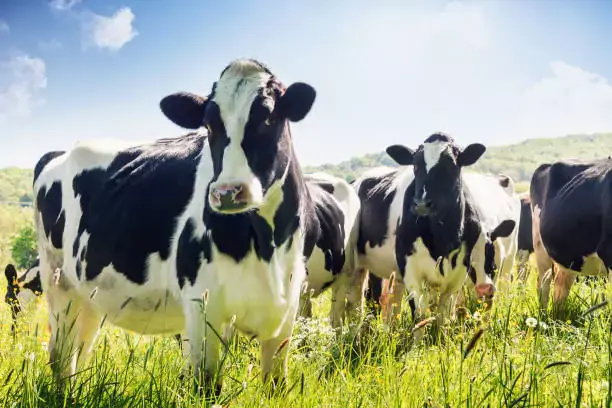Lucerne, known as the "queen of fodders," is highly valued for its rich protein, calcium, and phosphorus content. As a perennial crop, it can remain productive in fields for 4-5 years, contributing to soil fertility.
For optimal growth and yield, lucerne requires careful fertilization, particularly concerning phosphorus (P) and potassium (K). Each 3 tonnes of fresh lucerne silage remove approximately 10 kg of phosphate and 30 kg of potash from the soil. Therefore, it's essential to replenish these nutrients to maintain soil fertility and ensure sustained crop production.
Fertilization Recommendations:
- Phosphorus (P): Phosphorus is vital for root development and energy transfer within the plant. Deficiency can lead to stunted growth and poor yield. It's recommended to apply phosphorus based on soil test results to maintain optimal soil P levels.
- Potassium (K): Potassium plays a crucial role in water regulation, disease resistance, and overall plant vigor. A deficiency may result in reduced yield and increased susceptibility to diseases. Regular soil testing can help determine the appropriate potassium application rates.
- Nitrogen (N): Lucerne, being a leguminous crop, can fix atmospheric nitrogen through symbiotic relationships with Rhizobium bacteria. Therefore, additional nitrogen fertilization is generally unnecessary after establishment. However, during establishment on low-nitrogen soils, a small starter nitrogen application (no more than 30 kg N/ha) may be beneficial.
Additional Considerations:
- Soil pH: Lucerne thrives best in soils with a pH above 6. Maintaining appropriate soil pH is crucial for nutrient availability and overall plant health.
- Sulfur (S): Sulfur is essential for protein synthesis. In sulfur-deficient soils, applying up to 25 kg/ha per year can enhance growth.
- Organic Matter: Incorporating organic matter, such as manure or compost, before sowing can improve soil structure and fertility. Applying up to 30 tons per hectare before ploughing is advisable.
لوسن، جسے چارہ جات کی "ملکہ" کہا جاتا ہے، اپنی اعلیٰ پروٹین، کیلشیم، اور فاسفورس کی مقدار کی وجہ سے انتہائی قیمتی سمجھا جاتا ہے۔ یہ ایک دائمی فصل ہے جو 4-5 سال تک زمین میں پیداواری رہتی ہے اور زمین کی زرخیزی میں بھی اضافہ کرتی ہے۔لوسن کی بہترین پیداوار اور نشوونما کے لیے کھادوں کا درست استعمال ضروری ہے، خاص طور پر فاسفورس اور پوٹاش کے حوالے سے۔ ہر 3 ٹن تازہ لوسن سائیلیج زمین سے تقریباً 10 کلو فاسفیٹ اور 30 کلو پوٹاش حاصل کرتی ہے، اس لیے ان اجزاء کی بحالی ضروری ہے تاکہ زمین کی زرخیزی برقرار رہے اور مسلسل پیداوار ممکن ہو۔کھادوں کا استعمال:فاسفورس (P): فاسفورس جڑوں کی نشوونما اور توانائی کی منتقلی کے لیے ضروری ہے۔ اس کی کمی کی صورت میں پودوں کی نشوونما متاثر ہو سکتی ہے۔ زمین کی جانچ کے بعد فاسفورس کی مناسب مقدار ڈالنا ضروری ہے۔پوٹاشیم (K): پوٹاشیم پانی کی تنظیم، بیماریوں کے خلاف مزاحمت، اور پودوں کی مجموعی صحت میں اہم کردار ادا کرتا ہے۔ اس کی کمی سے پیداوار کم ہو سکتی ہے اور بیماریوں کا خطرہ بڑھ سکتا ہے۔ زمین کی جانچ کے ذریعے پوٹاشیم کی مناسب مقدار کا تعین کیا جا سکتا ہے۔نائٹروجن (N): لوسن، ایک لیگومنوس فصل ہونے کی وجہ سے، نائٹروجن کو جڑوں میں موجود ریزوبیم بیکٹیریا کے ذریعے فضا سے جذب کر سکتی ہے۔ اس لیے اضافی نائٹروجن کی ضرورت نہیں ہوتی، البتہ کم نائٹروجن والی زمین پر کاشت کے وقت معمولی مقدار (30 کلو نائٹروجن فی ہیکٹر) دی جا سکتی ہے۔اضافی تجاویز:زمین کا پی ایچ لیول: لوسن کی بہتر نشوونما کے لیے زمین کا پی ایچ 6 سے اوپر ہونا چاہی۔سلفر (S): پروٹین کی تشکیل کے لیے سلفر اہم ہے۔ سلفر کی کمی کی صورت میں 25 کلو فی ہیکٹر سالانہ استعمال کرنا مفید ہوگا۔نامیاتی مادہ: کاشت سے قبل نامیاتی کھاد یا گوبر کا استعمال زمین کی زرخیزی اور ساخت کو بہتر بناتا ہے۔ 30 ٹن فی ہیکٹر گوبر استعمال کرنا تجویز کیا جاتا ہے۔زمین کی باقاعدہ جانچ سے زمین کی خاص حالتوں کے مطابق کھادوں کا استعمال ممکن بنایا جا سکتا ہے، جس سے لوسن کی بہترین پیداوار، غذائی معیار، اور زمین کی عمر میں اضافہ ہوگا۔
?unique=829b8a6)





